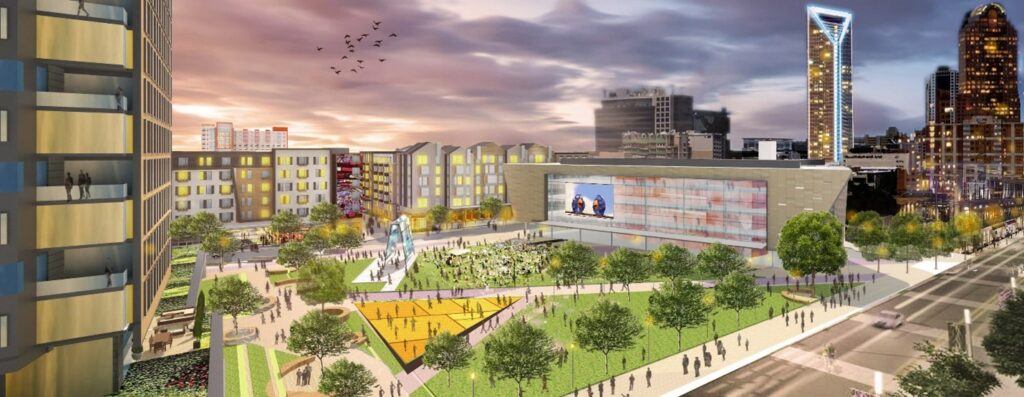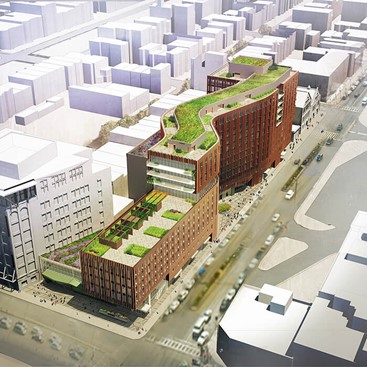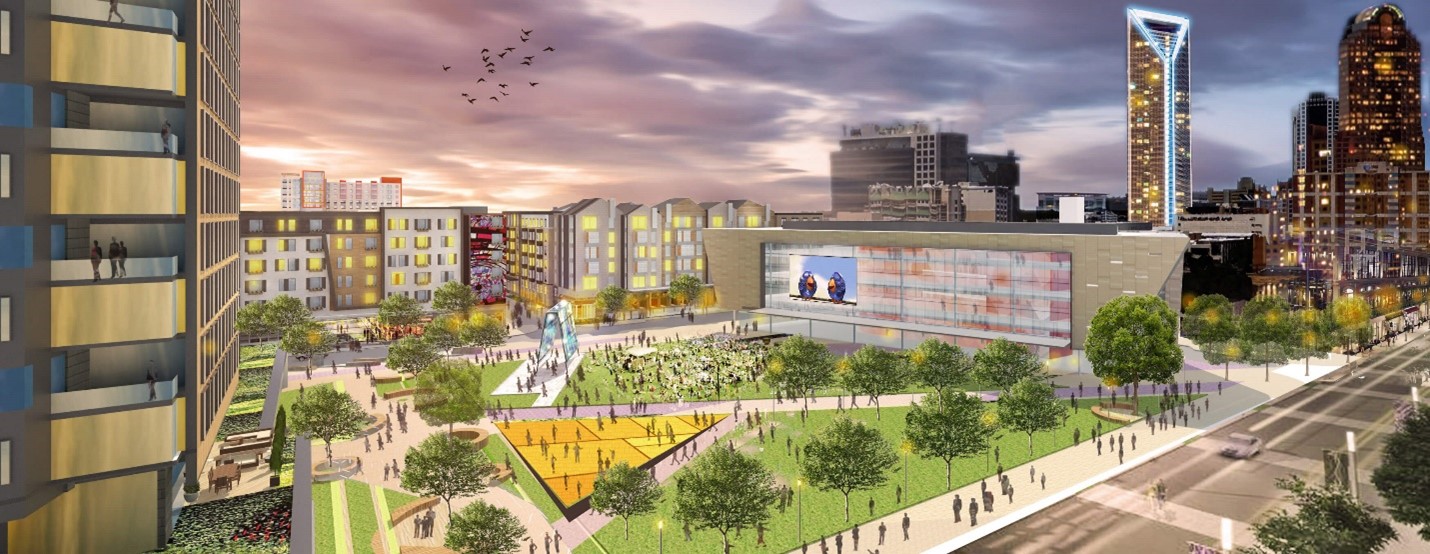
Real estate projects are a vibrant and transformative endeavor that not only shapes the physical infrastructure of communities but also drives economic growth and revitalization. Through thoughtful planning and innovative design, these projects can redefine neighborhoods, enhance local economies, and create spaces that foster connection and opportunity for residents and businesses alike. It involves more than just constructing buildings; it requires vision, planning, and cooperation among various stakeholders.
One of the most crucial relationships in this process is between real estate developers and local governments. This collaboration is essential for ensuring that projects not only meet the needs of the community but also comply with regulations, address infrastructure demands, and contribute to sustainable growth. The following article explores how property development companies and municipalities work together, highlighting the importance of partnership for successful outcomes.
The Role of Local Governments in Real Estate
Local governments play a pivotal role in shaping the future of their communities by regulating land use, zoning, infrastructure, and community planning. They are responsible for creating and enforcing policies that guide how land can be used, what types of buildings can be constructed, and how these projects impact the community.
At the core of this process are municipal planning and zoning departments, which set the guidelines that commercial development companies must adhere to. Local governments also manage crucial aspects such as permitting, infrastructure upgrades, and environmental concerns, all of which are vital to the success of development projects. Furthermore, they often act as a liaison between property builders and the community, ensuring that residents' voices are considered and that projects align with the broader vision for the area's growth and development.
Why Collaboration Is Important
The relationship between real estate professionals and local governments is based on a mutual interest in creating thriving, livable communities. For real estate professionals, local governments provide the regulatory framework and infrastructure support necessary to bring projects to life. For municipalities, investors are key players in driving economic growth, expanding housing options, and improving public spaces.
Without collaboration, these building projects can face significant delays, budget overruns, and community opposition. A lack of communication between commercial builders and municipalities can lead to misunderstanding or non-compliance with zoning laws, environmental regulations, or infrastructure needs. Therefore, collaboration helps ensure that projects are completed on time, within budget, and in a way that benefits the community as a whole.
The Early Stages: Planning and Zoning
One of the first steps in the collaborative process is navigating planning and zoning regulations. Builders must engage with local governments to understand the zoning laws that apply to their project. Zoning regulations dictate what types of developments are allowed in specific areas, including residential, commercial, industrial, or mixed-use developments.
Builders often have to work closely with municipal planners to ensure that their projects align with local zoning laws and broader community goals. In many cases, they may request zoning changes or variances to accommodate their plans. For example, if an investor wants to build a multi-family residential complex in an area zoned for single-family homes, they may need to apply for a zoning change. This requires a deep understanding of the local government’s zoning policies, as well as a collaborative approach to navigating the legal and bureaucratic processes involved.
Infrastructure and Public Services
In addition to zoning, infrastructure is another critical area. Infrastructure includes roads, utilities, water supply, sewage systems, and other public services that support development projects.
These housing projects often require upgrades to existing infrastructure or the construction of new facilities to accommodate the needs of future residents or businesses. Local governments are typically responsible for providing or improving public infrastructure, but builders may be asked to contribute financially or to collaborate on these upgrades. For instance, a new housing development may necessitate expanding roadways or improving sewage systems to prevent overburdening existing services.
Collaborating on infrastructure improvements ensures that development projects are sustainable in the long term and meet the needs of both the builder and local communities. This kind of partnership not only benefits the immediate project but also contributes to the overall growth and functionality of the municipality.

Environmental and Community Considerations
Another area where collaboration is necessary is in meeting environmental standards and addressing community concerns. Many municipalities have environmental regulations designed to protect natural resources, reduce carbon footprints, and promote sustainable development.
Builders are often required to conduct environmental impact assessments to ensure that their projects do not harm the local ecosystem. These assessments might evaluate the potential effects of the development on water resources, wildlife habitats, and air quality. Working with local governments and environmental agencies is crucial to ensuring compliance with these regulations and adopting best practices for sustainable building.
Additionally, local governments play a key role in addressing community concerns. Building projects can sometimes face opposition from local residents who are worried about increased traffic, changes to neighborhood character, or the environmental impact of new construction. By facilitating dialogue between builders and the community, municipalities help to address these concerns and find solutions that are acceptable to all parties. Community engagement efforts, such as public hearings and meetings, are vital to building trust and ensuring that developments meet the needs of residents.
The Benefits of a Strong Developer-Government Partnership
A strong, collaborative relationship between real estate builders and local governments offers several key benefits:
Streamlined Approval Process: When builders and municipalities work together, the approval process for zoning changes, permits, and environmental assessments can move more smoothly. This reduces delays and ensures that projects stay on schedule.
Community Support: By working with local governments to engage the community, real estate professionals can gain valuable insights into residents’ needs and concerns. This helps foster community support and reduces the likelihood of opposition to the project.
Sustainable Development: Collaborative efforts can lead to more sustainable developments that align with the long-term goals of the community. Developers can work with local governments to ensure that projects meet environmental standards and incorporate green building practices.
Improved Infrastructure: When builders and municipalities collaborate on infrastructure improvements, it benefits not only the development but also the wider community. Upgraded roads, utilities, and public services can enhance quality of life for all residents.
Conclusion
The partnership between residential and commercial builders and local governments is essential for successful development projects that benefit both the developer and the community. By working together on zoning, infrastructure, environmental considerations, and community engagement, both parties can ensure that projects are completed efficiently, sustainably, and in a way that enhances the local area. For builders, developing strong relationships with local governments is not just a best practice—it’s a critical component of long-term success in the real estate industry.


No comments.